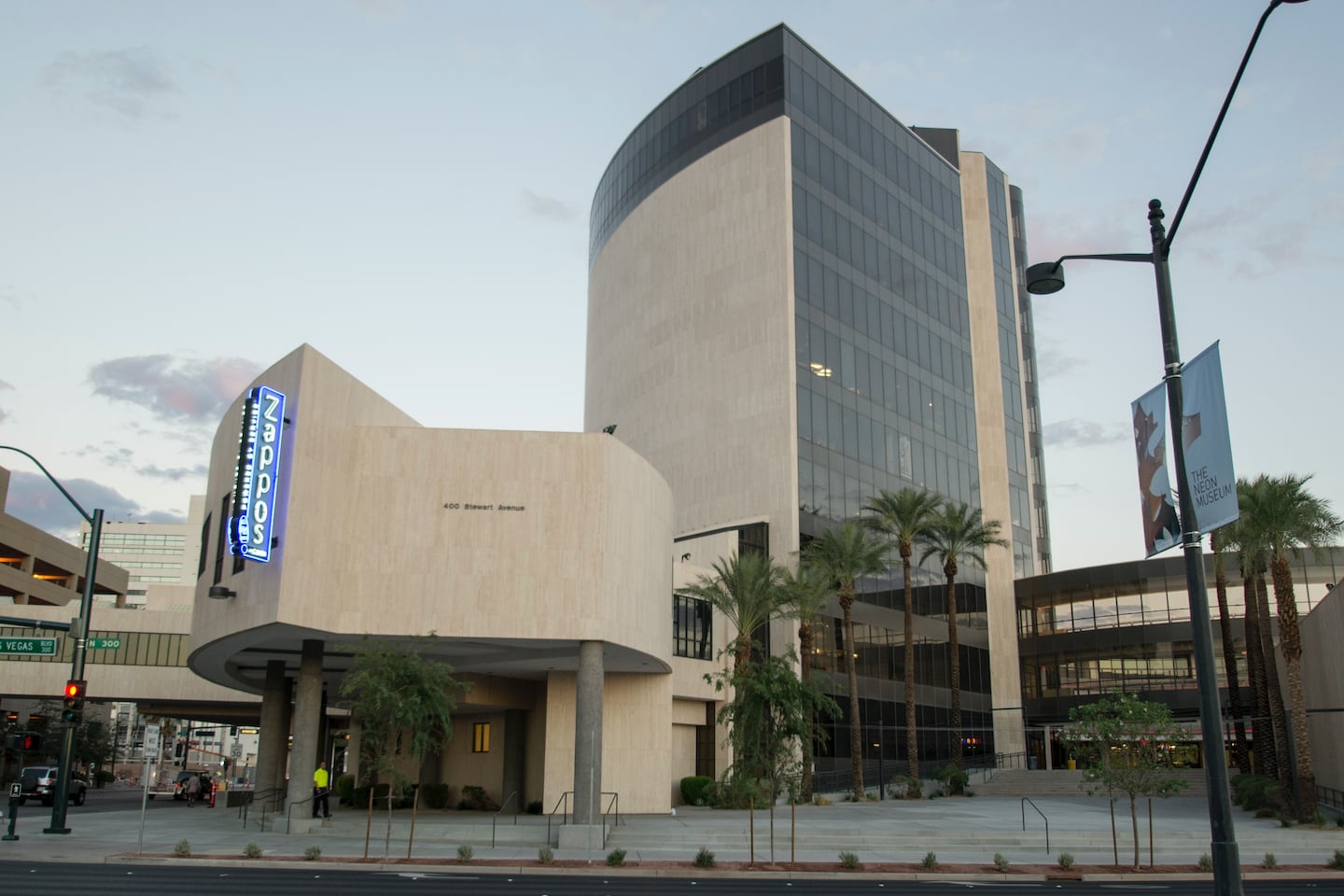
The Business of Fashion
Agenda-setting intelligence, analysis and advice for the global fashion community.

Agenda-setting intelligence, analysis and advice for the global fashion community.

NEW YORK, United States — In his annual shareholder letter Wednesday, Amazon.com Inc. CEO Jeff Bezos urged his company to "experiment patiently, accept failures, plant seeds, protect saplings, and double down when you see customer delight."
For Amazon investors and competitors struggling to read the often-secretive company, write this line down.
It's the framework for interpreting what businesses are working at Amazon — and what's next on the chopping block. And as Amazon's name is floated as an acquirer of everything from Whole Foods Market Inc. to Macy's Inc., it serves as a warning for acquisition targets, past and future.
Since the letter is written in metaphorical business jargon, let me attempt to translate.
ADVERTISEMENT
How can you tell if an Amazon business is doing well? Look for rapid growth at any cost. Case in point: Amazon Prime Now, the one- or two-hour delivery service.
Two years ago, I tracked down bike messengers to a New York City warehouse where Amazon was testing Prime Now in secret. Fast forward to 2017 and the service has spread to dozens of US cities and London.
When things work, Amazon uses its deep pockets to "double down." Amazon Marketplace and Amazon Web Services are examples of this.
Experiment patiently, accept failures, plant seeds, protect saplings, and double down when you see customer delight.
The real meaning of "Protecting Saplings" is a little harder to decipher. Take Amazon Fresh, the grocery business launched a decade ago, which has expanded only in fits and starts.
Amazon has tried all sorts of schemes to woo food shoppers, including an experimental foray into brick and mortar stores. Trying to convince folks that "The Everything Store" can bake bread and sell fresh fish on par with neighborhood grocers even prompted it to entertain the idea of buying Whole Foods (which is unlikely to happen).
But it's hard to know what metrics keep Amazon "protecting saplings," i.e. investing in a business that hasn't caught on after 10 years of trying. I guess figuring out a way to crack the $800 billion US grocery market seems worth it — and manageable, considering what are presumably Bezos's current "Seeds," like space travel and drones. But until Amazon starts blanketing the country with Fresh trucks or stores, grocery remains anyone's game.
Finally, how do you know when Amazon deems something a failure? Bezos likes to say accepting failure allows the company to push past time- and resource-wasting projects to better focus on more lucrative endeavors.
We saw this unfold with Diapers.com parent Quidsi, which Amazon bought in 2010. Last month, Amazon said the business wasn't profitable and shut it down.
ADVERTISEMENT
Shuttering Quidsi probably has more to do with the business outlasting its purpose — Amazon squashed this dogged competitor, while capturing its customers, vendors, and expertise.
This, coupled with the sermon about failure in Bezos' annual letter, got me thinking: What's the next branch of Amazon to go? I'd put my money on Zappos.
The shoe seller was a formidable contender when Amazon bought it in 2009. Popular brands like Nike and Merrell feared the internet giant was a "dangerous discounter" and refused to sell to it, according to Bloomberg's Brad Stone. Plus, Amazon's website hadn't yet been built to handle selling shoes, deterring customers.
But things have changed. Amazon now knows how to run a shoe business, and leads the market with 26 percent of online sales, according to Slice Intelligence.
So with Zappos, like Quidsi before it, Amazon will likely learn, burn, and churn.
Amazon doesn't disclose financial figures for Zappos, but assuming the shoe retailer kept growing at the same pace after it was bought, it would have brought in $3 billion in revenue last year — a fraction of Amazon's $136 billion.
With so many priorities competing for Jeff Bezos' attention, such as artificial intelligence, grocery and video, it simply doesn't have time to waste on a business it no longer needs. Reading between the lines of Bezos' annual letter suggests Zappos could be the next shoe to drop.
The views expressed in Op-Ed pieces are those of the author and do not necessarily reflect the views of The Business of Fashion. This column does not necessarily reflect the opinion of Bloomberg LP and its owners.
By Shelly Banjo; editor: Jennifer Ryan.
From analysis of the global fashion and beauty industries to career and personal advice, BoF’s founder and CEO, Imran Amed, will be answering your questions on Sunday, February 18, 2024 during London Fashion Week.
The State of Fashion 2024 breaks down the 10 themes that will define the industry in the year ahead.
Imran Amed reviews the most important fashion stories of the year and shares his predictions on what this means for the industry in 2024.
After three days of inspiring talks, guests closed out BoF’s gathering for big thinkers with a black tie gala followed by an intimate performance from Rita Ora — guest starring Billy Porter.